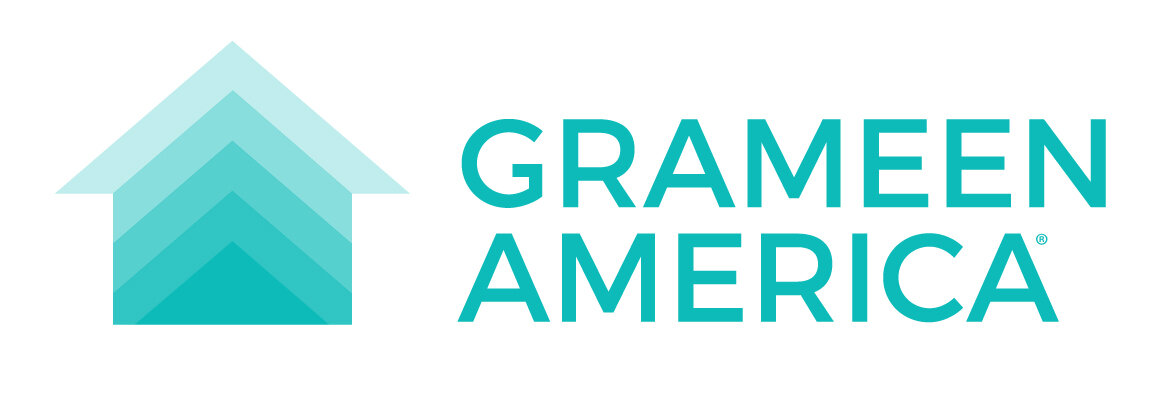Leveraging Social Capital to Expand Women’s Financial Opportunities
Low-income women, especially minority women, continue to be the group most excluded from traditional financial systems in the United States. Many don’t have bank accounts or credit histories. These are major challenges—and reasons why we are sharing our insights with a view toward “getting inclusion right” for this vulnerable population right here in one of the wealthiest countries in the world.
Nearly 27 percent of households in the United States, or 90 million people, are unbanked or underbanked—and many of these households are poor and led by women. Despite accounting for a growing share of new businesses, women receive only 4 percent of all small business loans from conventional financial institutions.
These numbers have not improved much over recent years, and they are unlikely to change dramatically unless we give women, particularly those living in poverty, a chance. The deck is overwhelmingly stacked against them. To break out of this vicious cycle of poverty, women need tools to both save and borrow money, and to build their credit histories. Only then can they gain meaningful control over their lives and their futures.
Grameen America’s lending model does this by drawing on and building women’s social capital—an extremely valuable resource—to connect them to sources of financial capital.
Most financial institutions and traditional lenders require collateral. But this is a huge barrier for people with extremely limited resources. As a result, their ability to start or grow their businesses is severely curtailed. Grameen America focuses on this population, women living below the poverty level, and our approach is different from that of traditional lenders.
We see immense value in women’s social capital. Our group-lending model is built not on traditional collateral, but rather on trust and a social contract that holds the members accountable to each other. There is joint responsibility. Moreover, the relationships the women form with each other and their shared values—and often their shared sense of identity—strengthens them individually. They have a sense of belonging, and because they are part of this social network, they have access to information that they wouldn’t have otherwise. They gain support and build greater confidence, along with stronger financial footing, through the group model.
This model itself is a form of social collateral. The women we serve may not be able to provide financial collateral, but they do have reputations within their communities. Their peers deem them responsible, disciplined, and reliable, and therefore they are accepted into the Grameen group. And by being a member of the group and getting and repaying their loans, their social capital grows as does their financial independence. They gain much by the solidarity they share, and by participating in the program, they are able to grow their businesses, save money, and ultimately break out of poverty.
Most banks believe that low-income women are among the riskiest borrowers. However, Grameen America has proven time and time again that this is not the case; we have served over 108,000 women over the last ten years, and they have maintained a repayment rate of over 99 percent. We have found that low-income women are highly dependable and trustworthy, and they can be highly effective entrepreneurs when given the opportunity. They are in fact one of the wisest investments we can make.
Aracely — a member in Omaha, Nebraska — recently said, “Other companies don’t believe in poor people, but Grameen does. They helped me start my business, changing my life in the process.” We have seen that when low-income women are entrusted with microloans and other financial services and support, they can start to build better lives for themselves—and building their social capital is crucial to achieving this.
This post was originally published on the Center for Financial Inclusion’s blog, for Financial Inclusion Week.

